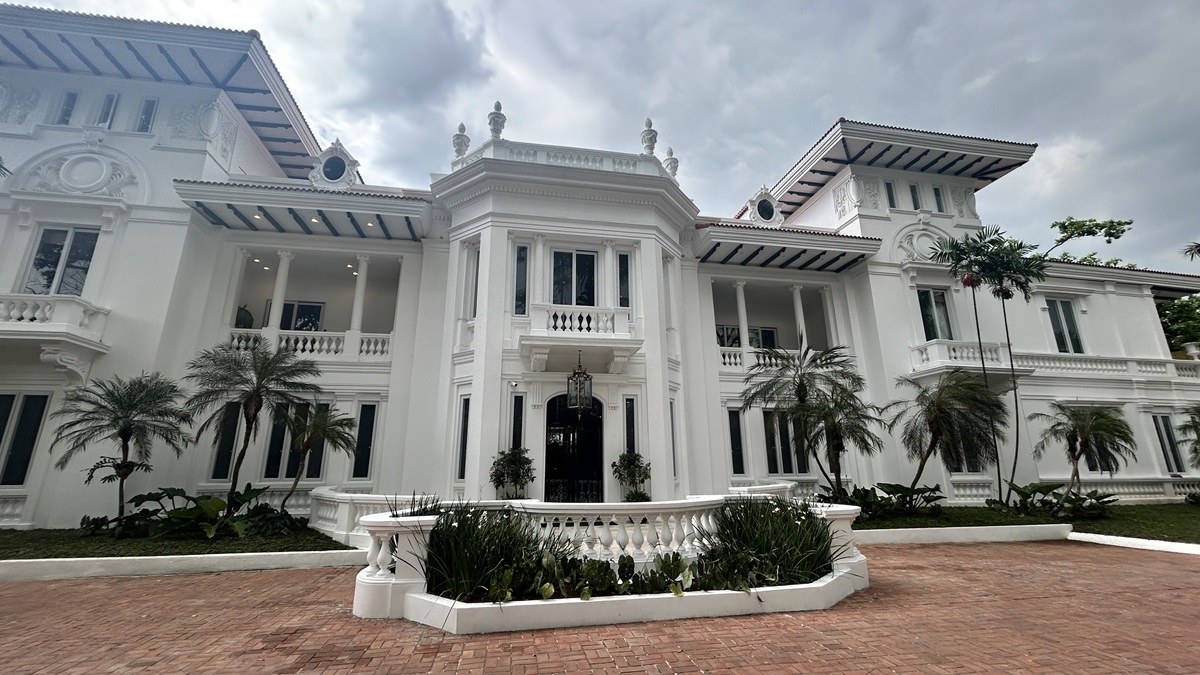Laperal Mansion: These elegant state rooms will welcome visiting officials to the Presidential Guest House

Aside from its rich culture and heritage, the Philippines takes pride in its century-old structures that stood witness to the country’s history. Among them is the Laperal Mansion in Manila, an elegant 20th-century building inspired by European architecture.
Standing proudly on Arlegui Street in the San Miguel district and located just a few blocks from the Malacañang Palace, the mansion was built in 1929 as Doña Sabina Sioco’s wedding gift for her daughter Josefa. Sioco, who hails from a wealthy clan in Pampanga, acquired parcels of land in the area back in the 1920s.
Shortly after the mansion was built, it was acquired by wealthy businessman Roberto Laperal in 1932 and has been named the Laperal Mansion since then.
The building once again changed hands during World War II, when Japanese forces paid Laperal a sum of P500,000 in Japanese war notes to take over the mansion. Towards the end of war, the mansion was used as the Consulate of the United States in 1945. It then became the office of the Department of Foreign Affairs in 1946 after the Philippines gained its independence.
More recently, it served as the official residence of the late presidents Corazon Aquino and Fidel Ramos.
The Laperal Mansion has been recently restored to its former glory and will now serve as a Presidential Guest House for important officials. It’s not open to the public as of this writing, but if you’re curious about what’s inside it, it has 14 bedrooms and five state rooms named after Philippine presidents and other important figures in Philippine history.
The five state rooms are called Rizal Hall, Laurel Hall, Aguinaldo Hall, McArthur Dining Room, and Magellan Room.
—MGP, GMA Integrated News

Need a wellness break? Sign up for The Boost!
Stay up-to-date with the latest health and wellness reads.
Please enter a valid email address
Your email is safe with us






